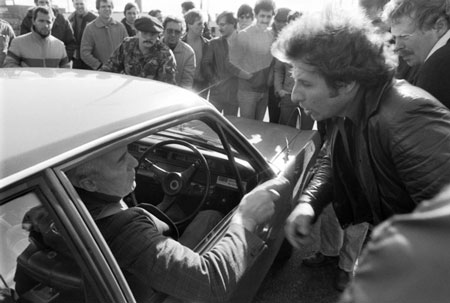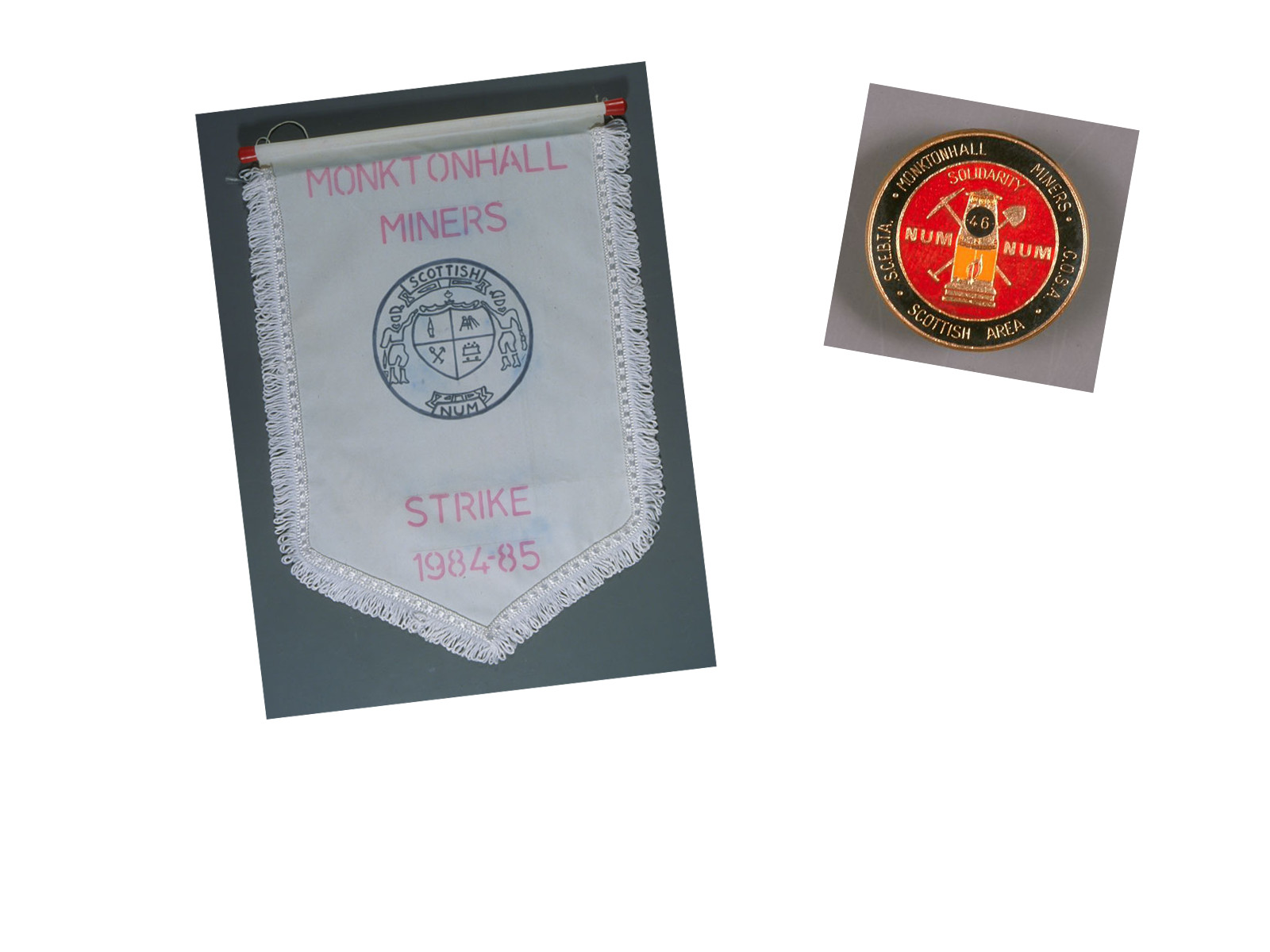Monktonhall Colliery, near Dalkeith in Midlothian was designed to exploit the deep limestone coals of the Midlothian basin.
It was one of the wettest pits of the National Coal Board (NCB) era, water causing major problems both during its sinking and its operation. Nevertheless, it was one of the most successful NCB superpits.
Surface facilities included a coal preparation plant, a rapid-loading surface bunker and merry-go-round rail facility, workshops, and administration buildings as well as full baths, canteen and medical facilities.
It broke productivity records in 1969, and had an assured market in nearby Cockenzie Power Station.

Monktonhall had a reputation for militancy- it had already been on strike in October and November 1983 over industrial relations at the mine.
63 miners had been sacked in this earlier strike, and disputes over health and safety lingered.

When the national strike was called the following March, Monktonhall was a focal point for the divisive nature of the dispute.
46 pickets were jailed and subsequently sacked in controversial circumstances.


David Hamilton was the leader of the strike at Monktonhall, East Lothian, during which he was arrested and imprisoned for two months for an alleged assault.
David Hamilton became the MP for Midlothian in 2001. He stood down in 2015.
Tags image, colliery image © National Museums Scotland. Pickets image © The Scotsman Publications Ltd. Badge image © Mr David Hamilton. Strike Banner © Mrs Kay MacNamara. Unity banner © Scottish Mining Museum. Plate © Mr David Hamilton. Oral history © National Mining Museum Scotland. Licensor www.scran.ac.uk

